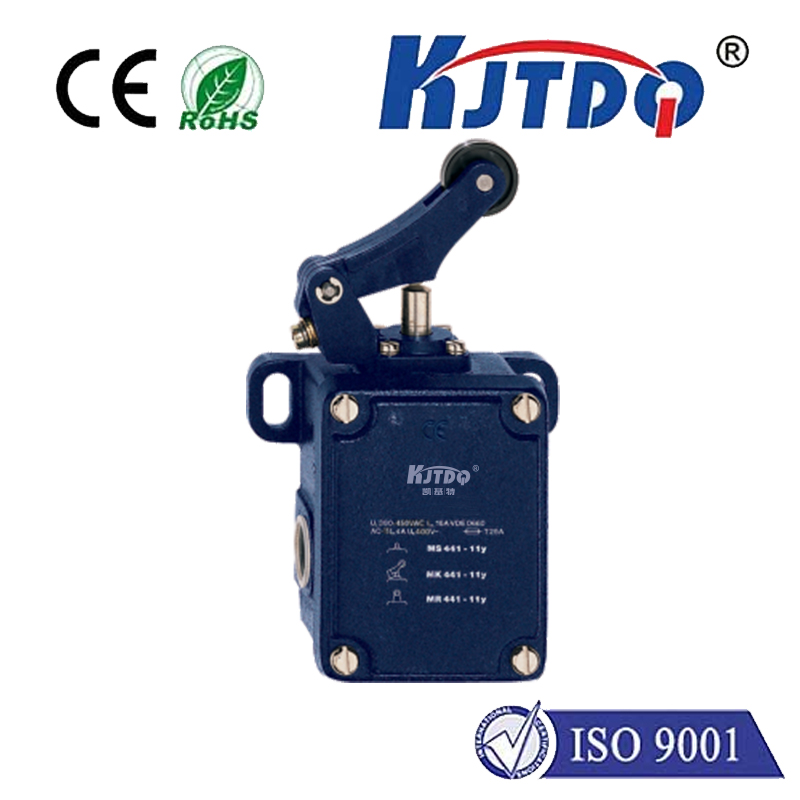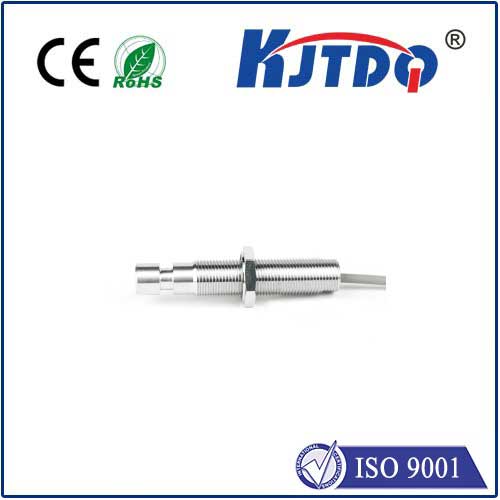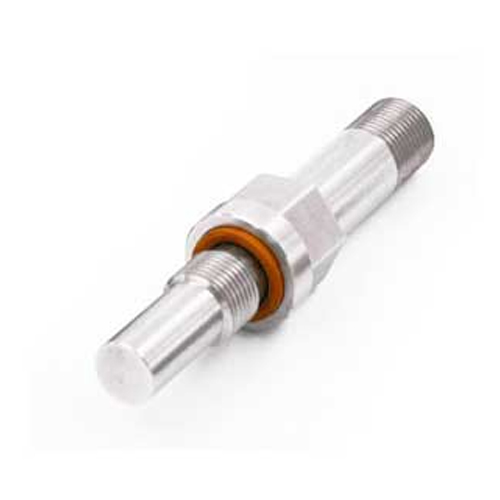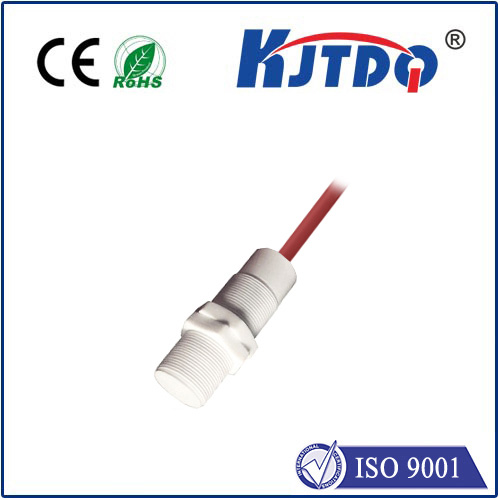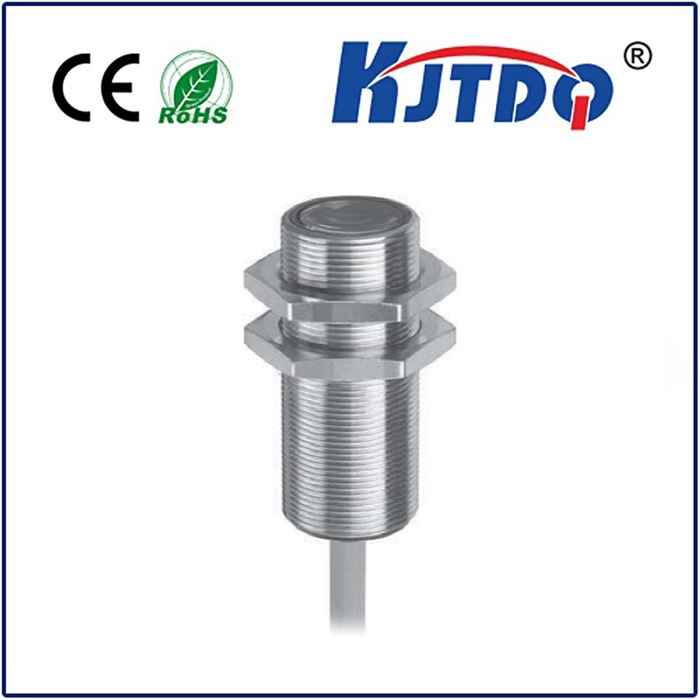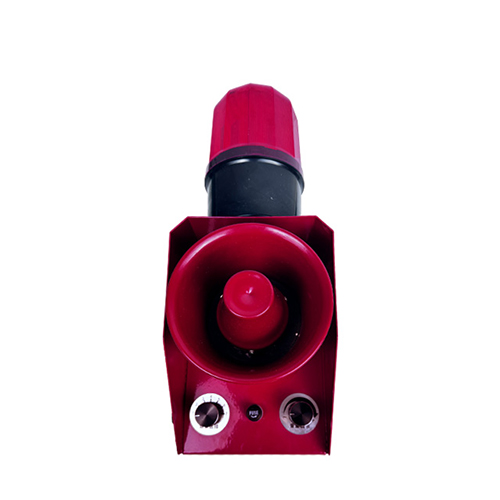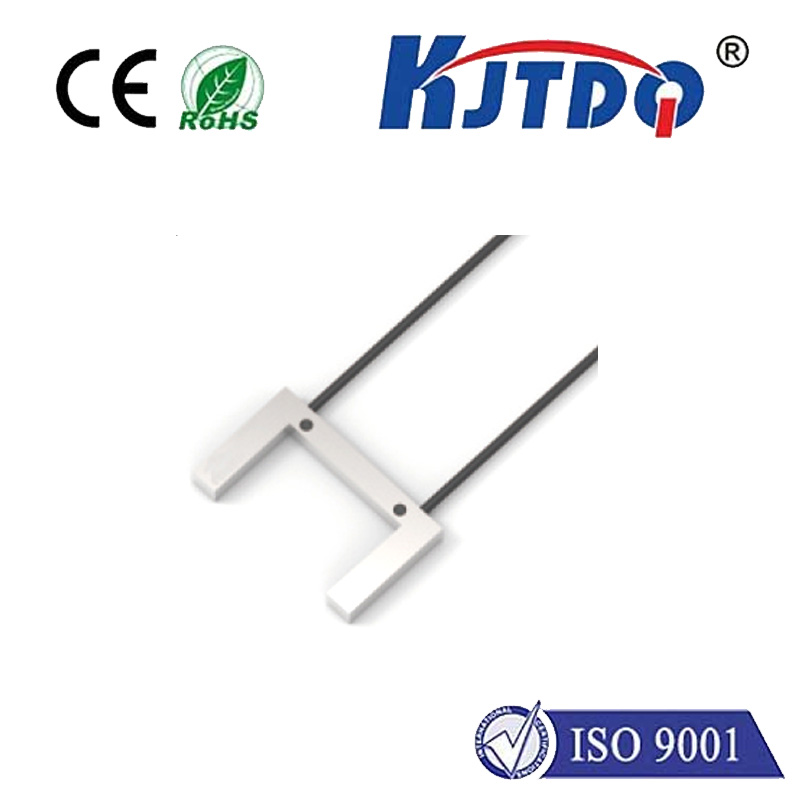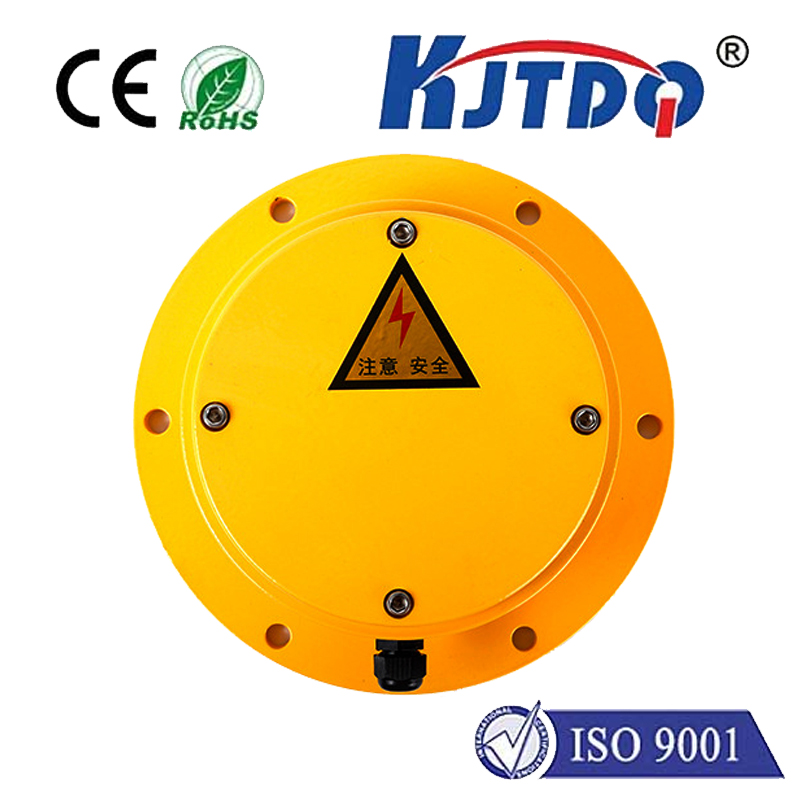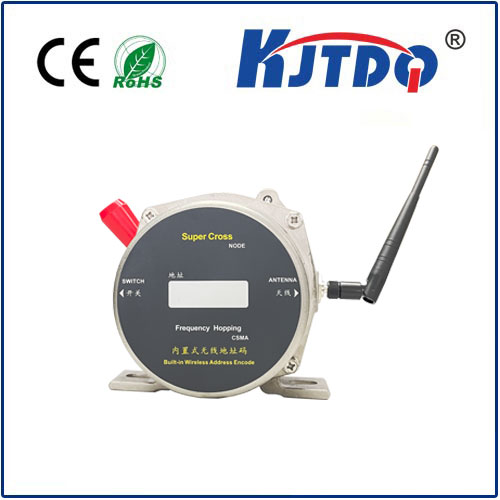water proximity sensor
- time:2025-07-18 08:24:31
- Click:0
Here is the SEO-optimized article on “water proximity sensor” following all your requirements:
Water Proximity Sensors: Your Silent Guardian Against Costly Leaks and Disasters
Imagine coming home to find your basement flooded, precious belongings ruined, and facing thousands in repairs – all because a tiny, unnoticed leak grew unchecked. Or picture critical industrial machinery failing catastrophically due to undetected coolant loss. These scenarios, often preventable, highlight the vital role of water proximity sensors. These unsung heroes operate silently, constantly monitoring for the presence or absence of water with remarkable precision, safeguarding property, equipment, and even lives across countless applications.
Understanding the Core Function
At their essence, a water proximity sensor is a device designed to detect the presence of water (or other conductive liquids) within a specific range without physical contact. They achieve this by sensing changes in an electrical field, capacitance, or another physical property caused by the water’s proximity. Think of them as highly specialized sentinels, constantly “listening” or “feeling” for the signature of water nearby. Their key output is a simple but crucial signal: “Water Detected” or “No Water Detected,” which can trigger alarms, shutdown sequences, or control actions in larger systems.
Beyond Leak Detection: Diverse Critical Applications
While preventing domestic water damage is a common use, the versatility of liquid proximity detection extends far wider:
- Smart Home & Building Protection: This is the most relatable application. Water leak sensors, often based on proximity principles, are placed near appliances (washing machines, dishwashers, water heaters), under sinks, near sump pumps, or in vulnerable basements. Upon detecting water, they instantly send alerts to homeowners via smartphones or trigger automatic water shut-off valves, preventing minor drips from escalating into major floods. Proactive monitoring is key to avoiding costly insurance claims and structural damage.
- Industrial & Manufacturing Safeguarding: Factories rely heavily on water proximity sensors for numerous critical functions:
- Coolant Level Monitoring: Ensuring CNC machines, lasers, and other equipment have adequate coolant flow to prevent overheating and damage. A proximity sensor detects if the coolant level drops below a critical point.
- Lubrication System Checks: Verifying the presence of lubricant in circulation systems.
- Tank Level Control: Serving as a reliable method for high/low-level detection in storage tanks for water, coolants, or other process liquids.
- Leak Detection Under Machinery: Spotting leaks from pipes, pumps, or seals before they cause slips, equipment corrosion, or environmental hazards.
- Wastewater Management: Monitoring flow or presence in treatment systems.
- Agriculture & Irrigation Optimization: Precision farming benefits significantly. Water level sensors in tanks, reservoirs, or irrigation channels ensure water is available where and when needed. They can automatically control pumps or valves, preventing dry running (which damages pumps) and optimizing water usage. Accurate water presence monitoring is vital for maximizing crop yield and resource efficiency.
- Flood Warning & Environmental Monitoring: Deployed in floodplains, near rivers, or in storm drains, flood sensors provide early warnings of rising water levels. This data is critical for emergency services, infrastructure protection (like subways), and environmental scientists tracking watershed health. Early proximity detection can mean the difference between orderly evacuation and disaster.
How Do Water Proximity Sensors Work? Key Technologies
Several technologies enable non-contact water detection, each with advantages:
- Capacitive Sensors: These sensors detect water by measuring changes in capacitance. Water has a high dielectric constant. When it enters the sensor’s electrostatic field, it alters the capacitance, triggering detection. Capacitive proximity sensors excel at detecting water and other liquids through non-metallic barriers (like plastic pipes or tank walls), offering versatility and robustness. They are generally insensitive to color, transparency, or surface texture of the target liquid.
- Conductivity (Contact) Sensors: While often requiring direct contact, some variants act in close proximity. They detect water by measuring the electrical conductivity between two probes. Pure water is a poor conductor, but most tap, ground, or rainwater contains enough dissolved minerals to conduct electricity effectively. This simple principle makes them cost-effective for many leak detection tasks where direct contact is acceptable.
- Ultrasonic Sensors: Emit high-frequency sound waves and measure the echo’s return time. When water rises to the sensor’s level, the distance to the surface changes, altering the echo timing. Ultrasonic sensors are excellent for precise level measurement in tanks, offering non-contact operation and resilience.
- Optical Sensors: Use infrared light. The presence of water changes how light is reflected or refracted at the sensor tip. Often used for point-level detection where the sensor needs to be small or detect very specific liquid interfaces.
Choosing the Right Sensor: Key Considerations
Selecting the optimal water proximity sensor depends on your specific needs:
- Application: Is it leak detection, level control, flood warning, or process monitoring? This dictates the required sensitivity, range, and response time.
- Environment: Consider temperature extremes, potential for condensation, chemical exposure, pressure, and whether the sensor needs to be intrinsically safe (e.g., hazardous areas).
- Detection Method: Capacitive (non-contact through barriers), Ultrasonic (level measurement), Conductivity (direct contact), or Optical? Match the technology to the physical setup and liquid properties.
- Output Signal: Does the system need a simple on/off switch, an analog voltage/current representing level, or a digital communication protocol (like Modbus or IO-Link)?
- Mounting & Installation: Consider ease of installation and access to the monitoring point. Can it be mounted externally?
- Reliability & False Alarms: Critical systems demand high reliability and immunity to false triggers caused by condensation, steam, dust, or other contaminants. Look for sensors with proven track records in similar environments.
The Essential Value Proposition
Investing in water proximity sensing technology is fundamentally an investment in risk mitigation, operational continuity, and resource efficiency. The relatively low cost of these sensors pales in comparison to the potential losses they prevent – from devastating property damage and business interruption to environmental fines and safety hazards. By providing real-time, automated alerts and enabling swift corrective actions, water proximity sensors act as indispensable guardians, offering peace of mind and tangible protection where water presence is either critical to operations or poses a significant threat. Integrating them into monitoring systems transforms reactive disaster response into proactive asset protection.





